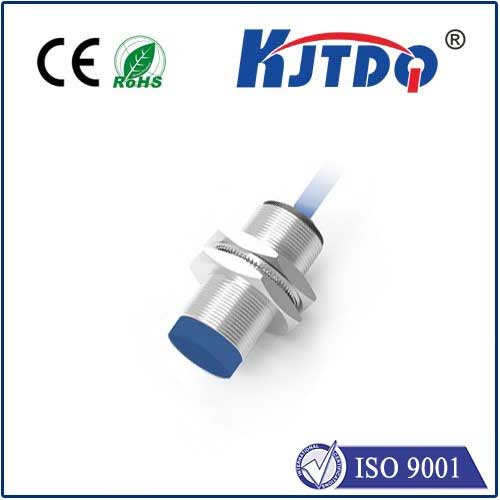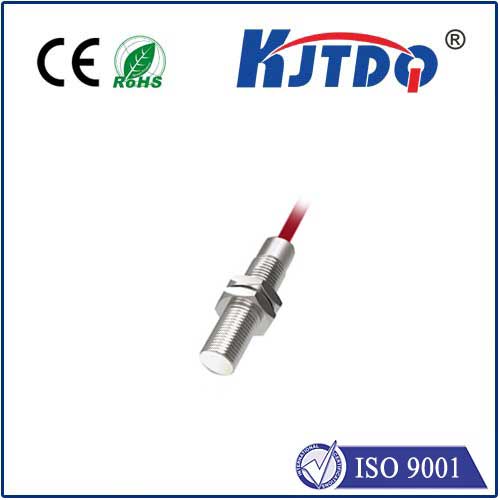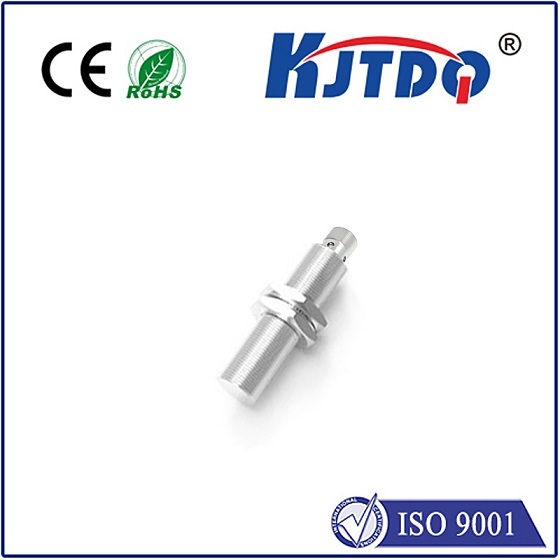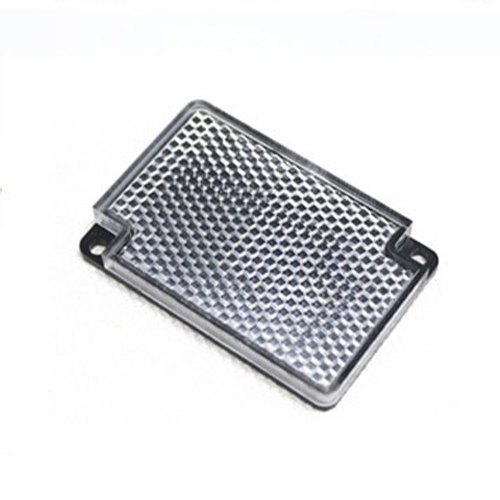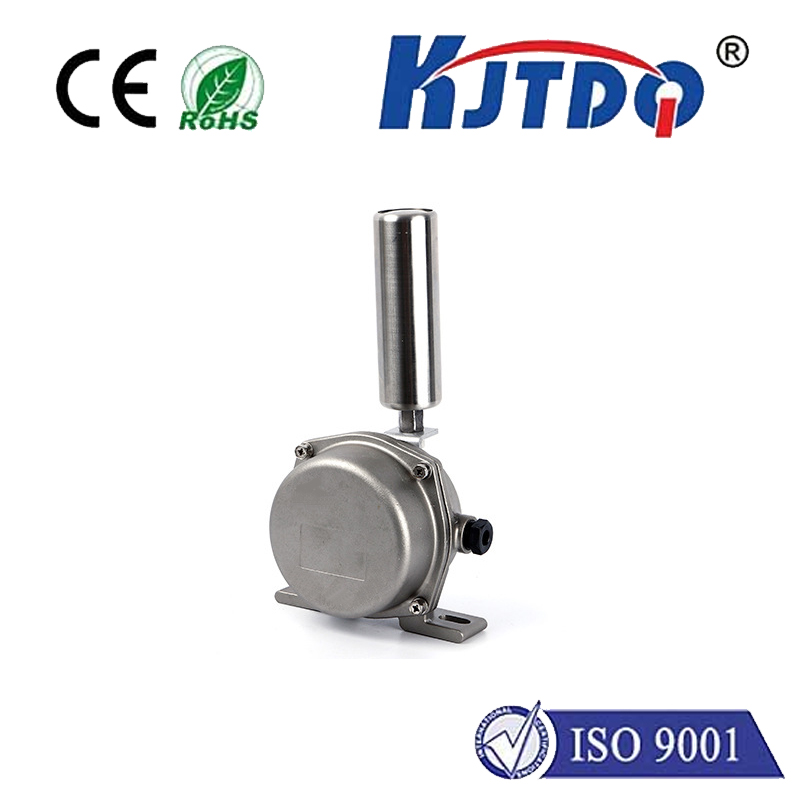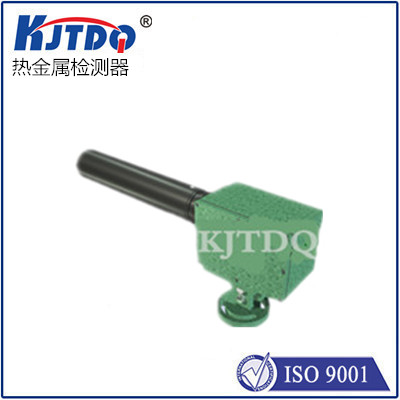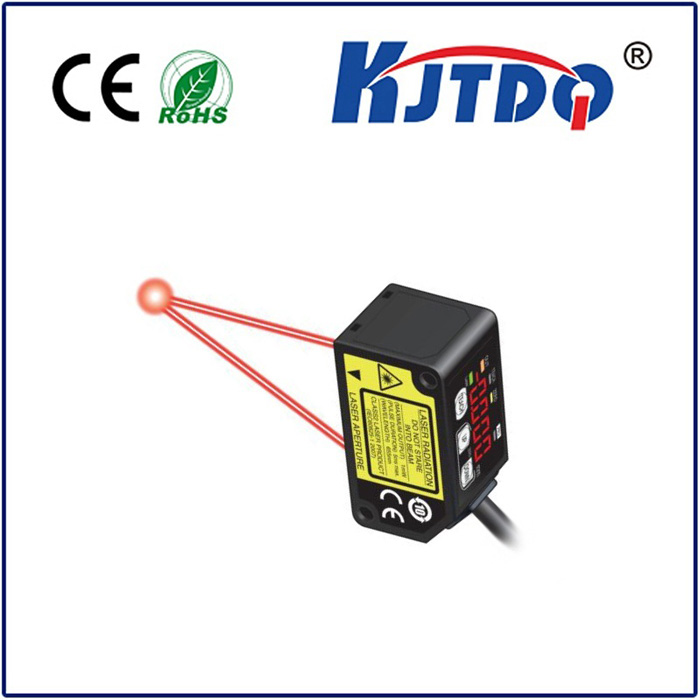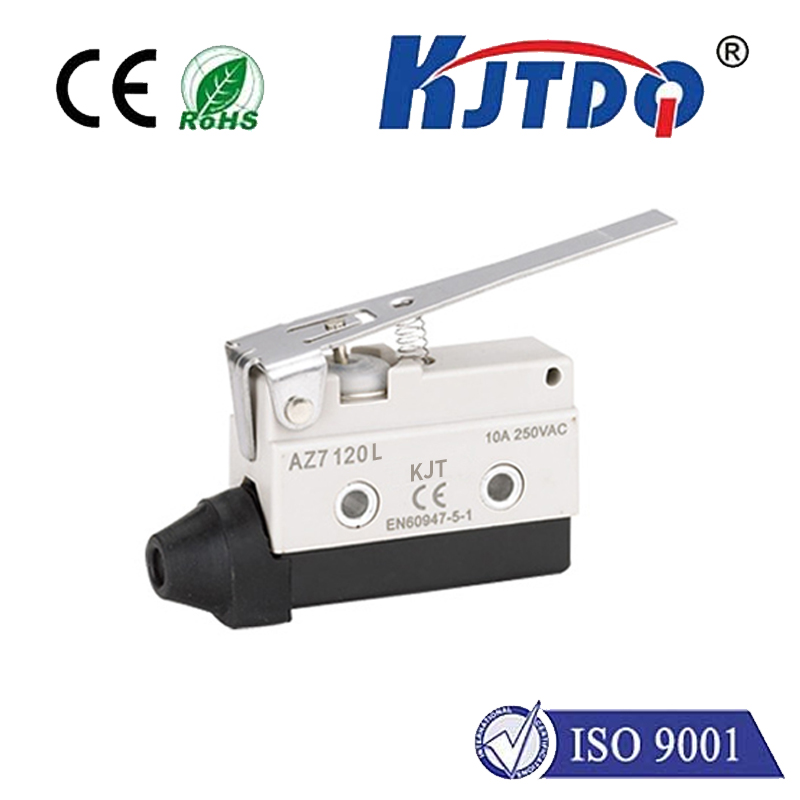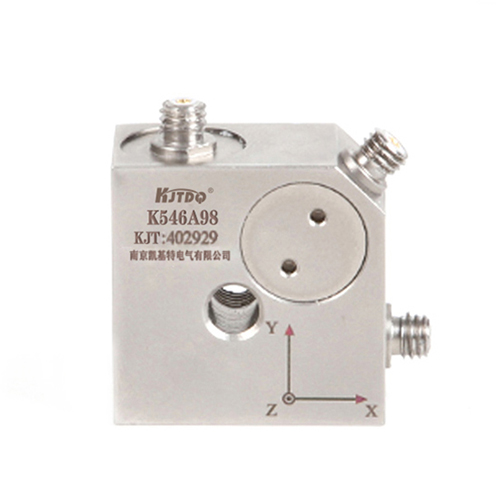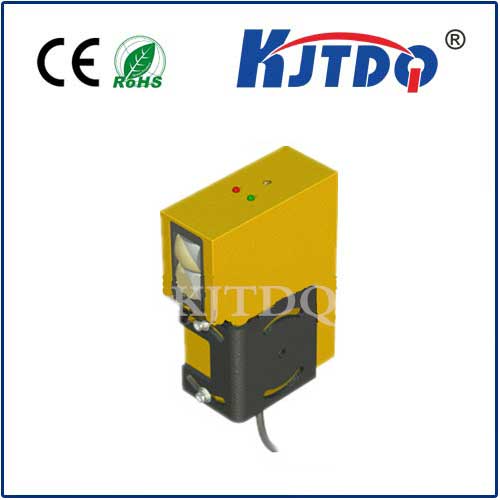photo electric switch
- time:2025-07-23 12:29:16
- Click:0
The Essential Guide to Photo Electric Switches: Sensing Light to Control Your World
Invisible Yet Indispensable: The Silent Workhorses Powering Modern Automation
Look around. That self-opening door at the supermarket? The assembly line churning out your smartphone? The safety system preventing your garage door from closing on your car? Chances are, an unseen sentinel is making it all possible: the photo electric switch. Far from complex gadgets, these elegant sensors harness the fundamental properties of light to perform vital detection tasks reliably and efficiently. Understanding their function unlocks the hidden logic behind countless automated processes that shape our daily lives and industrial productivity. This guide delves into the core principles, diverse types, compelling advantages, and critical applications of these foundational sensing devices.
Unpacking the Photoelectric Principle: Beams and Detection
At its heart, a photo electric switch operates on a beautifully simple concept: light interruption equals detection. Also widely known as a photoelectric sensor, it fundamentally consists of two key components:
- Light Emitter: Typically an LED (Light Emitting Diode), often emitting visible red, green light, or invisible infrared (IR) radiation.
- Light Receiver: A phototransistor or photodiode specifically designed to detect the emitted light and convert it into an electrical signal.
The core logic is straightforward:

- When the receiver “sees” the emitter’s light beam, the sensor maintains a specific output state (e.g., “off” or “no object present”).
- When an object breaks or significantly reduces this light beam, the receiver triggers a change in its electrical output state (e.g., “on” or “object detected”).
This change in output is then used to control other devices in the system – activating a conveyor motor, stopping a robotic arm, triggering a counter, or illuminating a warning light.
Types of Photoelectric Sensors: Choosing the Right Beam Path
While the core principle remains constant, different applications demand different approaches to managing the light beam’s path. The three primary photoelectric sensor configurations are:
- Through-Beam (Opposed Mode):
- How it Works: The emitter and receiver are housed in separate units, positioned directly opposite each other. The object breaks the beam traveling directly from the emitter to the receiver.
- Key Advantages: Longest possible sensing distances (often meters). Highest immunity to object surface characteristics (color, texture, finish) since it only detects the beam’s presence or absence. Great stability.
- Considerations: Requires precise alignment of both units and wiring for both components.
- Retroreflective (Reflector Mode):
- How it Works: The emitter and receiver are housed in a single unit. A specialized reflector is placed opposite the sensor. The emitter sends light to the reflector, which bounces it directly back to the receiver. The object breaks this return beam.
- Key Advantages: Simpler installation (only one device to wire and mount, plus the reflector). Longer sensing range than diffuse types. Good detection reliability for most objects.
- Considerations: Sensing range is less than through-beam. Highly reflective or shiny objects can sometimes fool the sensor by mimicking the reflector. Requires a clean reflector surface.
- Diffuse (Proximity Mode):
- How it Works: The emitter and receiver are housed in a single unit. The sensor relies on the detected object itself to reflect a portion of the emitted light back to the receiver. The object does not break a beam to a separate target.
- Key Advantages: Simplest installation (only one device to mount and wire). Compact size. Works well for detecting objects without requiring space for a reflector on the opposite side.
- Considerations: Sensing range is generally shortest among the types. Detection is significantly influenced by the object’s color, texture, and reflectivity (darker/less reflective objects are harder to detect at distance). Background objects can cause false triggers if not managed.
| Key Photoelectric Sensor Types & Characteristics |
| Sensor Type |
Through-Beam |
| — |
— |
| Configuration |
Separate emitter & receiver units |
| Sensing Principle |
Object breaks direct beam |
| Sensing Distance |
Longest (meters) |
| Object Surface Sensitivity |
Low |
| Installation Complexity |
Highest (aligning 2 units) |
Why Choose a Photo Electric Switch? The Compelling Advantages
The widespread adoption of photoelectric sensors across countless industries stems from tangible benefits:
- Non-Contact Sensing: The quintessential advantage. Detection occurs without any physical touch. This eliminates wear and tear on both the sensor and the target object, drastically increasing lifespan and reliability. No moving parts translates to minimal maintenance – a key factor for industrial automation.
- High Speed Detection: The response time of photoelectric switches is incredibly fast, measured in milliseconds. This makes them ideal for high-speed counting, packaging lines, and sorting applications where mechanical switches would simply be too slow.
- Long Sensing Ranges: Especially with through-beam sensors and powerful retroreflective models, photoelectric switches can detect objects reliably over significant distances, solving detection problems where proximity is impractical.
- Versatility: Capable of detecting a vast array of objects: solids (metal, plastic, wood, cardboard), liquids (even transparent ones with specific sensors), or powders. Available configurations (through-beam, retroreflective, diffuse) ensure there’s usually an optical sensor solution.
- Reliable Performance: Modern designs offer excellent resistance to environmental challenges like vibration, dust (within specified limits – often IP67 rated), and moderate ambient light interference, ensuring stable operation in demanding factory settings. Robust construction for industrial environments is standard.
Where Photo Electric Switches Power Progress: Ubiquitous Applications
The utility of the photoelectric switch is near-boundless. Here are just a few critical application areas:
- Industrial Automation: The backbone of modern manufacturing. Used for object detection on conveyors, bottle/can counting on filling lines, position verification of robotic arms, detecting missing parts in assemblies, monitoring stack heights in palletizers, and controlling automated guided vehicles (AGVs).
- Material Handling & Logistics: Enabling automated warehouses. Detecting packages on sorting systems, triggering barcode scanners, confirming gate/hatch positions, and counting items on high-speed conveyor belts.
- Packaging Machinery: Crucial for precision control. Detecting materials (film, cardboard) at unwinders/feeders, verifying case/tray presence for loading, detecting labels for application, and coordinating filling/sealing processes.
- Access Control & Security: Creating safety barriers. Activating automatic doors (sliding doors, revolving doors), preventing elevator doors from closing on people or objects, and forming light curtains for hazardous machine guarding (a specialized multi-beam photoelectric safety system).
- Vehicular Systems: Enhancing convenience and safety. Automatic headlight activation in low light, rain sensing for automatic wipers, and detecting vehicles for traffic signal control or car wash systems.
- Consumer Devices: Found in everyday items. Paper presence detection in printers, anti-finger trap sensors in windows or electric gates, and level detection in some appliances.
Selecting the Right Photo Electric Switch: Key Considerations
Choosing the optimal sensor involves evaluating several factors beyond the basic type:
- Sensing Range: How far away does the object need to be detected?
- Object Characteristics: What are you detecting? Size, color, material (reflective, transparent, opaque), and surface texture matter significantly, especially for diffuse sensors.
- Required Output: Does the control system need a digital (on/off) signal (PNP/NPN), an analog signal (distance/proportional), or perhaps a relay contact?
- Operating Environment: Exposure to dust,












